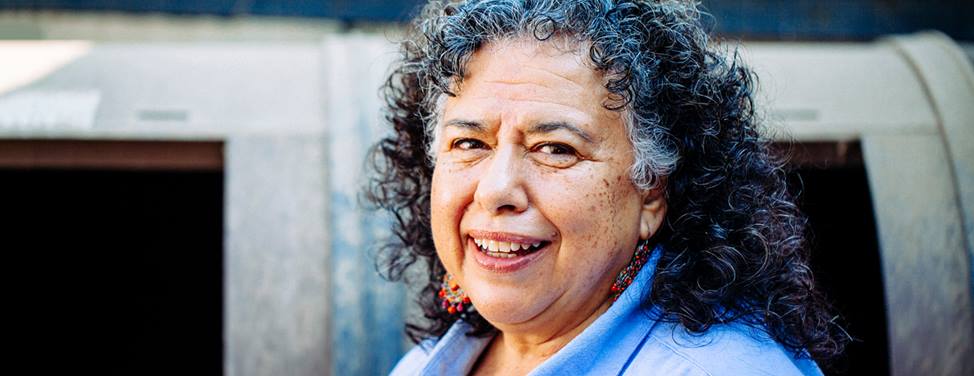
Breast Reconstruction: General Information
Breast reconstruction is a personal choice. There is no one "best" reconstruction for every woman. Instead, each woman will have her own best reconstruction, the one that she, in consultation with her doctors and perhaps her loved ones, feels is best. The following information is offered to help you make an informed decision.
Please feel free to ask your care providers any questions you may have regarding any of these reconstruction methods. These recommendations are meant only as general information. It is not designed as a substitute for a thorough discussion of your own case with your caregivers.
Timing of Breast Reconstruction
For many years, it was felt that breast reconstruction should be delayed for some time, usually six to 12 months after the mastectomy. That way, any tumor that returned could be detected.
More recent information indicates that breast reconstruction has no effect on finding a tumor that comes back and has no effect on your life expectancy. Since the women who choose reconstruction often feel better about themselves after breast reconstruction and because the surgeon often can do a better job if reconstruction is done at the time of mastectomy, immediate reconstruction is often recommended.
An additional benefit of immediate reconstruction is that it decreases the need for additional reconstructive surgery to complete your breast reconstruction. Therefore, if you are planning to have reconstruction, we advise you to have immediate (at the same time), rather than delayed reconstruction.
What Is Involved?
The goal of breast reconstruction is to provide the most natural looking and feeling breast possible, with as little discomfort to you as possible. In addition, to have a good cosmetic outcome, both breasts should look the same; that is, they should be about the same size and shape.
The breast consists of a "breast mound" and the nipple. Both the breast mound and the nipple can be reconstructed, although this is usually done at two separate surgeries. Part of the discussion should include the benefits and risks of changing the size of your other breast to create a better match.
What to Remember When Considering Breast Reconstruction
- In addition to considering the extent of surgery, it is important to consider the final reconstruction result.
- The flap procedures (TRAM flap and latissimus dorsi flap) result in a more natural looking and feeling breast than the expander and implant procedures.
- Not every surgery can be done in every woman for reasons that may be related to your tumor, medical condition or body shape.
- Any of the reconstructive techniques can be done at the time of the mastectomy or later.
- In addition to the information given here, you will need additional information based on your unique situation and medical condition. This will help you to select the best method for you and to understand the risks and benefits of your selected method.
What to Expect After Breast Reconstruction Surgery
- A sore throat. Although you will not have felt it at the time, nor remember it afterwards, you will have had a tube down your throat during the surgery. This can often cause a sore throat for a few days following your surgery.
- An oxygen tube in your nose.
- An intravenous (IV) line in your arm.
- Elasticized stockings on your legs covered by a Venodyne Compression device. This is a plastic sleeve that fits around the leg and is connected to a machine to mimic normal circulation. It is designed to prevent blood clots and will no longer be necessary when you are up and walking.
- Drains to remove excess fluids from the surgical area.
- Pain medication delivered by either an epidural (thin tube inserted during surgery into the fluid around your spinal cord) or through the IV in your arm.
- A urinary catheter will stay in for a few days until you are able to urinate on your own.
- Immediately after surgery, you will not be able to take anything by mouth.
More Information:
UCSF Health medical specialists have reviewed this information. It is for educational purposes only and is not intended to replace the advice of your doctor or other health care provider. We encourage you to discuss any questions or concerns you may have with your provider.



















